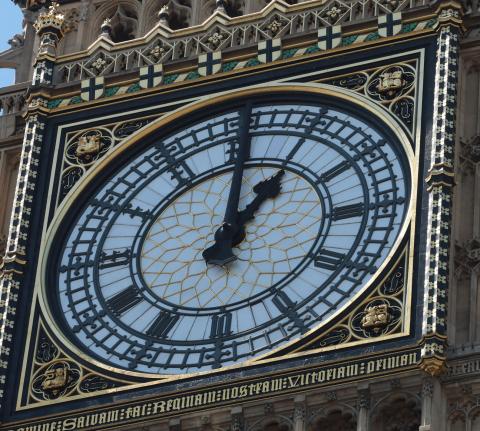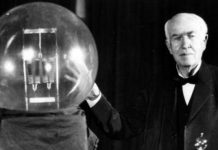Daylight Savings Time: 7 Surprising Things You May Not Know

Many Americans sprung forward an hour to mark the beginning of daylight savings time (DST) this last Sunday, March 8. This starts once again the debate on if daylight savings is really necessary.
The annual drag of moving our clocks ahead is not only entertaining to hear all the debates but exhausting to get used to every year. If you’re like the rest of us, today was extraordinarily difficult in getting into the swing of things. Today marks the first Monday since losing an hour of sleep and is already dreadful, but add waking up to darkness and feeling extra tired to the mix doesn’t always make for a great way to get started.
We thought we would share some strange and interesting facts you might not know about daylight savings time in order to make this day that much more tolerable.
1. Cities Once Kept Their Own Time: 50 years ago, according to Tufts University professor Michael Downing, DST was often observed very locally, and chaos pandemonium. In 1965 there were 130 cities in the country with populations of 100,000 or more, Fifty-nine did not observe daylight saving. Of the 71 that did, there were at least 20 different adoption dates. In Minnesota, St. Paul was on one time, Minneapolis was on a different time, and Duluth was on Wisconsin time. How is that for confusing ?
2. Daylight Savings Was Based on Assumptions: Turns out that our popular time changes, intended to save energy, weren’t based on any evidence. The first real attempt to quantify the alleged energy savings was in 1966 noting we have all observed this clock changing theory for a hundred years, but no one can really explain why.
[one_fourth]
[/one_fourth][three_fourth_last]
3. Governments Don’t Get it Either: Governments have had just as much trouble keeping track of time changes as everyone else. Pentagon officials showed up two hours late for a military conference in Alaska. No one knew what time it was along the Russian Boarder since the Soviet Union never turned the clocks back in the fall.
4. Dirty Secret: We Like DS: Despite an apparent dislike of daylight savings but countries like the U.S. and Great Britain who have instituted year-round DST at times, still haven’t succeeded in eliminating the changing of the clocks.
5. TV Networks Lose, Golf Courses Win: Research shows that given an extra hour of evening daylight, a lot of Americans use the time to go out and do things. Not watch TV. Nielsen ratings during the hours impacted by the change show 10 to 15 percent decline every time.
6. Criminals Hate Daylight Savings Time: Because most criminals prefer to do their unlawful activities after dark, the extra hour of evening daylight, produced a 40 percent decrease in robberies, according to data from the National Incident-Based Reporting System. Though it’s hard to say how much because the exact time such crimes are committed is often unknown, murder and rape rates also went down.
7. Farmers Aren’t Fans: Farmers have to set their schedule by the sun. When the clocks change, farmers have less daylight to handle morning tasks like getting their wares to market. Across the world, farmers are still the first group that would like to see the practice end.






